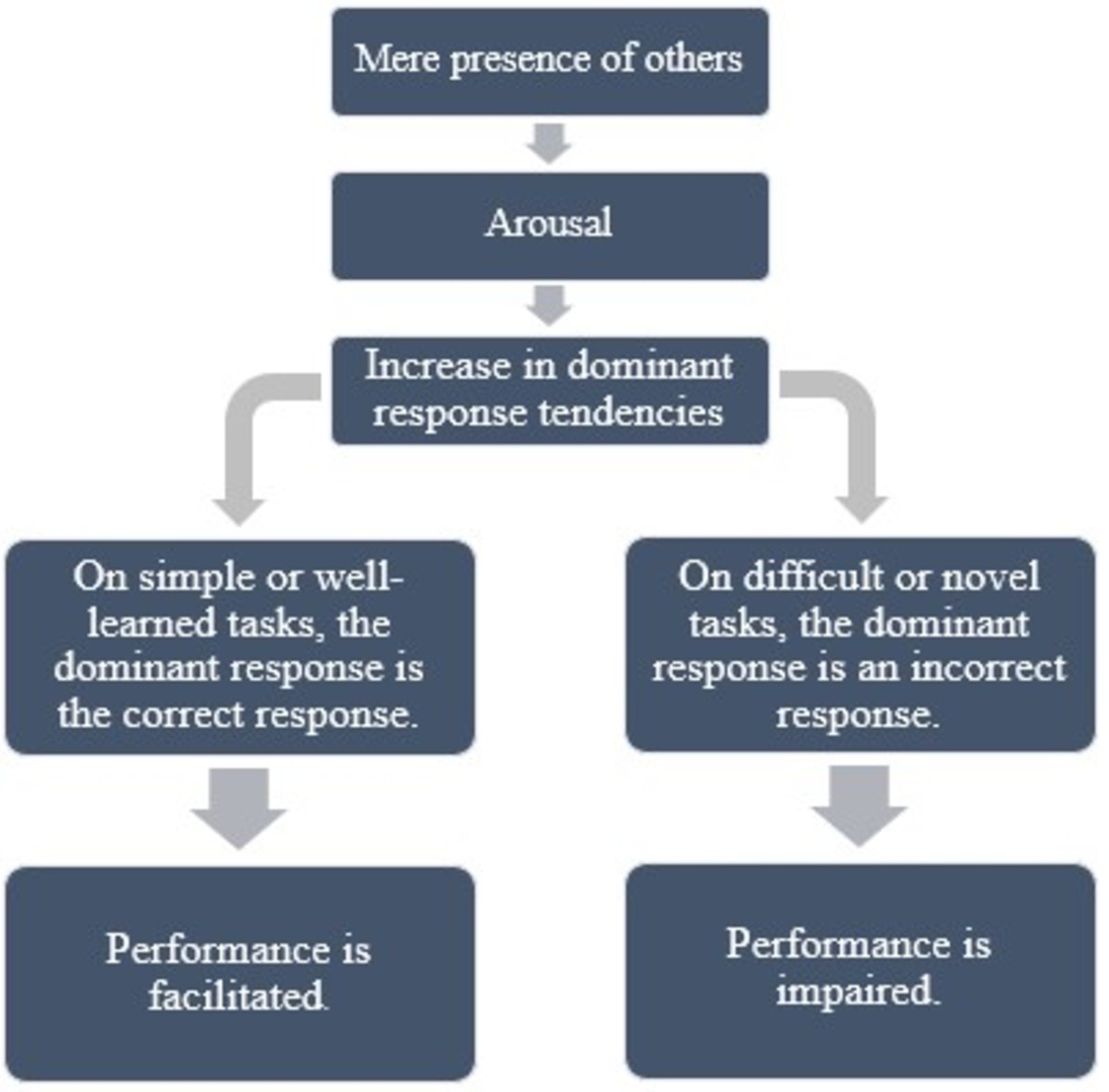How to Calculate your Power

We may think of how much horsepower a vehicle has, or how much power a ‘suped’ up computer uses and things of the sort. But how much have you thought about finding out your own power? …in actual figures!
It’s an easy task, and you may even be able to do it by yourself, but it’s probably more fun and accurate when you have some help.
Here are the things that you need:
- a staircase
- a stopwatch
- a half meter rule
- Bathroom (weight) scale
Background of Power
Before discussing how to do this experiment, we just need to lay a bit of background in relation to Power. Power is defined as the change in Energy with respect to time, or in other words Power is the rate of change of Energy. Energy in Joules (J) and Time in seconds (s). Therefore Power is measured in Joules per seconds (J/s) otherwise known as Watts (W) in honor of James Watt, Physicist.
Symbolically, Power is defined as:
P = E/t, where P is Power, E is Energy and t is Time.
With this background information in mind, we can fast forward and think of how can this relate to us an individuals. To find Power, we’ll need to find out our Energy dissipated within a measured and recorded time.
Energy per unit Time
Energy released when someone walks or runs can be calculated in three ways. Take a look at the following formulae for calculating Energy:
E = Fs -- Work
E = ½mv2 -- Kinetic Energy
E = mgh -- Gravitational Potential Energy
Practically, with the limited instruments that you have to use, the best formula choice is equation 3, because it would cause us to scratch our heads if we were to measure our force as required in equation 1, and would be a bit overbearing to measure our velocity as in equation 2.
Since we are using equation 3, then Power would be:
P = mgh/t
How to do it?
- Measure and record your mass on a bathroom scale.
- Measure and record the height of one step.
- Multiply the height of one step by the number of steps. Record this value as height (h).
- Allow your friend to measure the time you take to complete walking up the entire staircase. Record this value as t1.
- Repeat step 4 twice, and record these values as t2 and t3.
- Average t1, t2 and t3. Record this value as tf.
- Calculate your Power by using the formula: P = mgh/t, using gravity as 9.81 m/s2
Time Results
T1 (seconds)
| T2 (seconds)
| T3 (seconds)
| T-Average (seconds)
|
|---|---|---|---|
You can add even more spice to this experiment by taking time readings when you walk versus when you run. Furthermore, you can even switch and take time measurements of your friend completing the staircase. You’ll find out that the less time that you take to complete walking up the staircase, the more Power you’ll have used. Mathematically this is true, because the smaller the denominator, the larger the final answer will be.
In this experiment, you’ll be calculating the rate of change of your gravitational potential energy with respect to time. Power doesn’t have to do with how big or small you are, but rather how fast you get your Energy released. The faster you are the more powerful you are!





